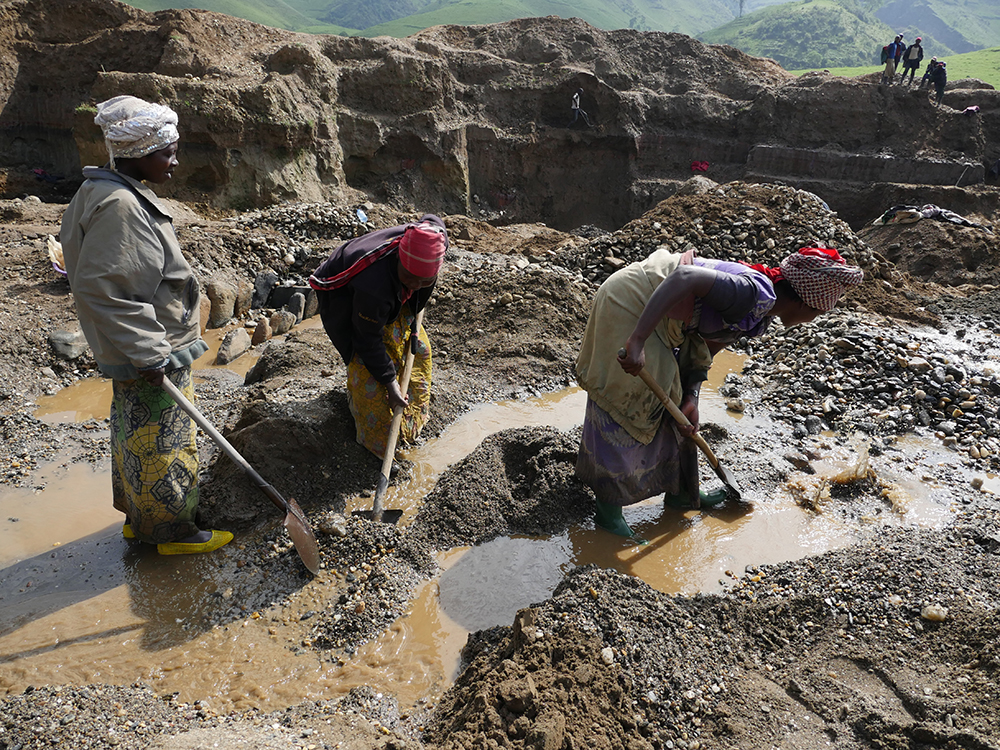Mining operations, regardless of whether they are formal or informal, tend to be male-dominated workplaces. As large numbers of men leave their homes and move to new areas, they impact host communities.
In many places, tensions are created that lead to violence, increased alcoholism, and sexual violence, above all towards women and girls. It is also common for women and girls to fall into in prostitution, and HIV/Aids tends to be over-represented in areas close to mining activity. Security personnel who are employed at mines and oil installations are often responsible for brutal sexual abuse of women and girls. The true number of victims of sexual violence is huge.
Some examples
- In Congo Kinshasa, rape and other forms of sexual violence are commonly used weapons in conflicts related to the control of mining operations and the vast natural resources in the country. This sort of sexual violence is particularly prevalent at illegal mining sites. Growing numbers of young girls are victims of sexual violence and pregnancies among the young are common. Female victims are often unable to return home due to shame and the stigma associated with sexual violence.
- The UN reported a marked increase in mass rape and sexual violence in South Sudan in 2018. Violence against women and young girls was believed to be especially brutal. The struggle for oil resources between government troops and rebel groups fuel violence and the UN has warned international oil companies over their potential complicity in human rights abuses related to the extraction of oil.
- In Marange in eastern Zimbabwe, diamond mining has brought with it conflict, forced labour and sexual violence. Local populations have been excluded from the profits of diamond mining and have instead been exposed to widespread suffering.
Sexual abuse is common at mineral extraction sites in Congo Kinshasa. Photo: Roland Brockman/MISEREOR

